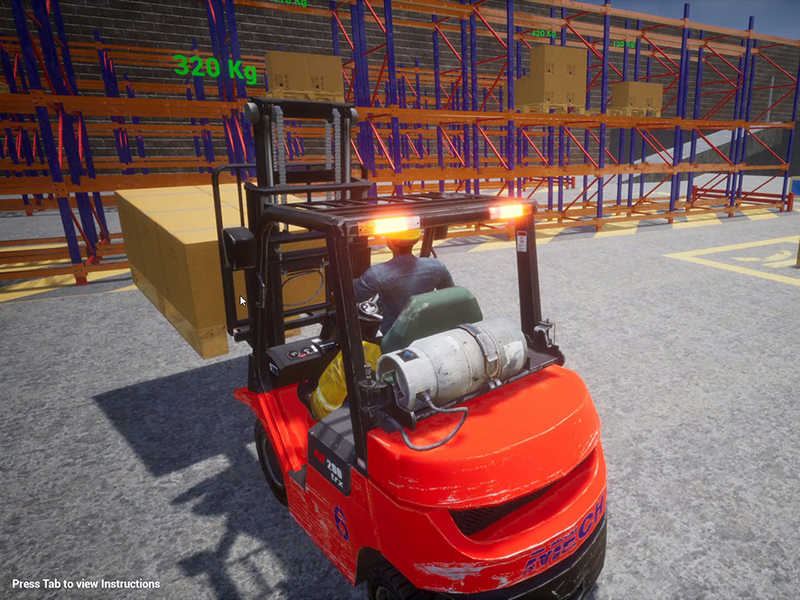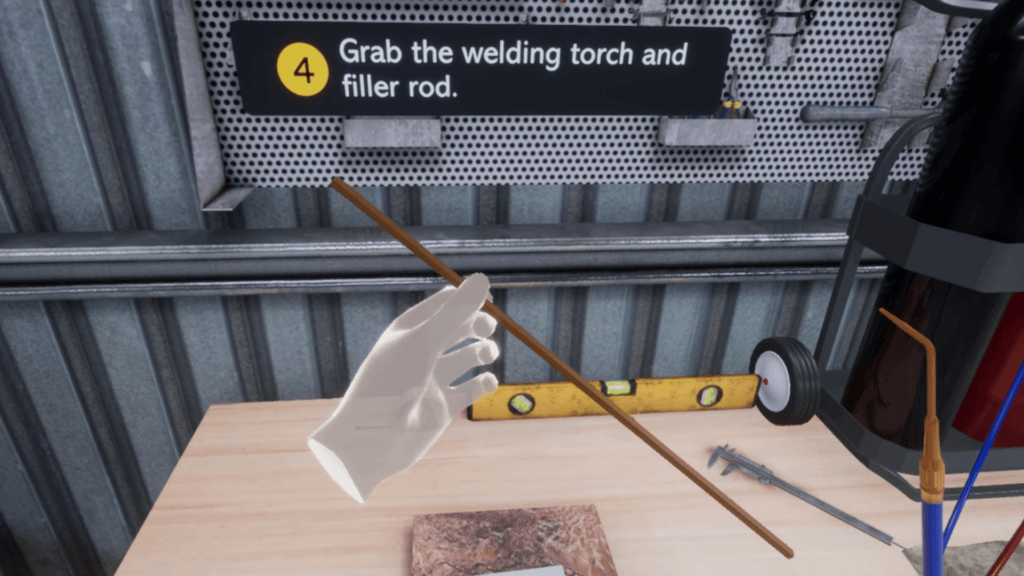Extended reality or XR is one term encompassing the three immersive technologies of virtual reality (VR), augmented reality (AR) and mixed reality (MR). Why call it extended reality? For the very simple reason that these technologies ‘extend’ our reality. Virtual reality creates a completely new digital world with absolute immersion in a virtual environment. Augmented reality, augments the real world. It adds layers of data on to the reality we see with our naked eyes. MR, on the other hand, enables physical and augmented objects to co-exist and interact in real time.
Is XR suitable for education and training?
A question worth a thought.
Digital education is not a new thing on the block. The field of education and training has experienced networked computers for collaborative learning, online learning and MOOCs. While these methods are still very much around, XR carries the potential to up the training game by many levels. While XR has found a firm footing in the gaming world the very same advantages can be implemented to provide richer and finer learning experiences.
Immersive experience: Eliminating distractions leads to enhanced attention span and better concentration. Immersive experiences help achieve this very purpose. In case of a VR headset the immersion rate is absolute. The headset application places the user in a virtual environment, cuts off all forms of distractions and ‘immerses’ the learner in the environment. Compared to VR, AR and MR may not be absolutely immersive but the technology in itself is so engrossing that users find themselves in a highly engaging scenario.
A high-risk task like welding can be practiced in a controlled and safe virtual environment, as many number of times as desired. The sessions are absolutely immersive, zero-risk, and stress-free.
Practical training: When it comes to learning and acquiring skills like operating a piece of machinery or conducting a scientific experiment nothing can equal practical training. Hands-on experience proves to be the best and most effective method in such circumstances. XR solutions facilitate practical trainings in virtual scenarios where learners can perform, experiment, explore, observe and make deductions.
Instant feedback: Feedback plays an important role in a training process. When learners get to know the results of their efforts they are able to gauge their own strengths and weaknesses. Errors come to the fore and actions can be taken to rectify mistakes and improve upon shortcomings. The faster the feedback the quicker the remedial steps can be taken. Being a practical training ground, XR offers instant feedback, much to the advantage of the learner.
Breaking time barriers: Training with XR methodologies, time barriers can be overcome in several ways. On one level, learners can choose their time of training, depending upon their schedule. This is especially beneficial for professionals who are training to upskill and have to balance their work and training timings. On the other level, time barriers can be overcome by accessing applications created for different timelines in history. Want to know how the Mayans lived? A virtually simulated scenario of Mayan civilization can enable learners to be part of the civilization and witness their lifestyle first-hand.
Cut across geographical boundaries: XR technology has the ability to allow users to break geographical boundaries, explore far off lands, oceans and even the space, all from one location. Virtual reality can place users in virtually simulated environments while AR apps can create realistic graphical presentation layered on natural surroundings. With XR, it is no more necessary to travel physically to explore and experience various locations.
Risk-free training in controlled environments: Practicing in a virtual environment means not having to face real risks, such as the risk of suffering injuries while practicing a high-risk task, for example oxy-fuel welding. As a novice, handling live welding equipment can be very risky and a slight mistake may result in serious injuries. Same goes for medical procedures where practicing on a virtual patient does not pose any kind of risk to the ‘patient’. Once proficient and experienced in the virtual world, the learner will be ready to take on real-world tasks.
Multiple practice sessions: Experience and expertise are a result of consistent practice and performance. Learners can practice an activity in an XR environment multiple times, as many times as they deem necessary to gain the desired level of competence. These multiple sessions neither involve reinvestment in infrastructure nor the repetitive task of setting up the equipment and instruments. Just open an app and get going.
When learning becomes a fun activity the knowledge retention rate takes a leap. XR technologies add a gaming spin to the world of learning and development. The mundane part of merely learning is replaced by an interactive and immersive activity that engages learners. Learners are no more learners. They are now active participants, explorers, performers and observers who happen to acquire knowledge and skills along the way. XR in learning and development is the game changer for the better.
Contact Us to create engaging and immersive online learning content or to know more about our immersive architecture.





